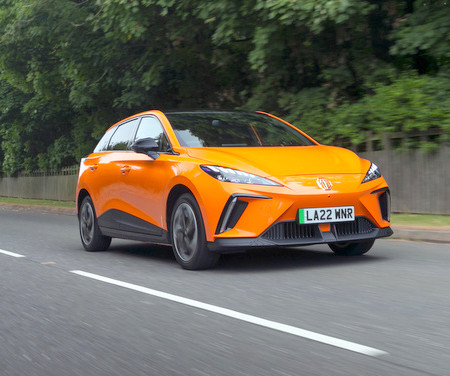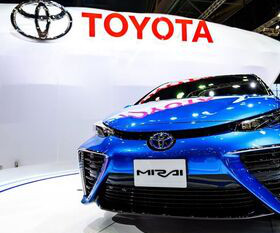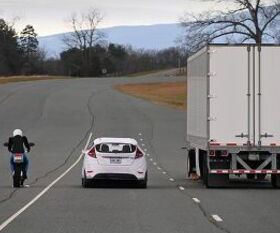Asian EV Manufacturers You Should Know
Clean Fleet Report
FEBRUARY 13, 2024
VinFast VinFast is a Vietnam-based company that was established in 2017 by Vingroup. Beginning as a steel trading company in 1945, Mahindra would eventually branch out into automobiles after forming a partnership with Jeep in the 1970s. Ola’s focus is still very much on the Indian market, but this may change in the future.












Let's personalize your content